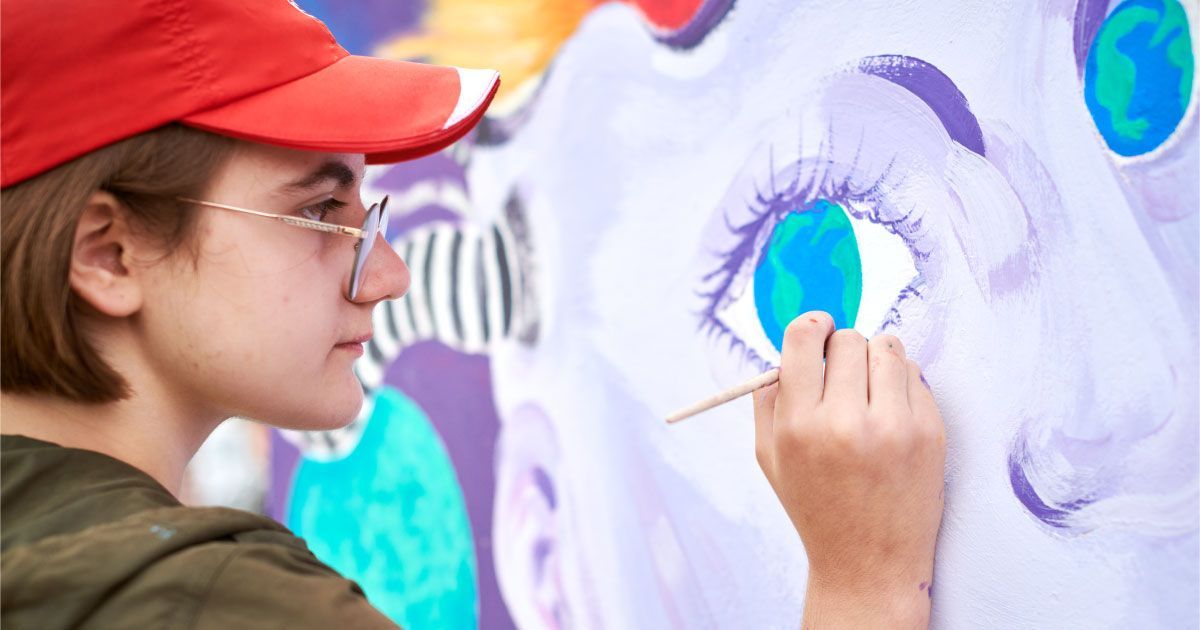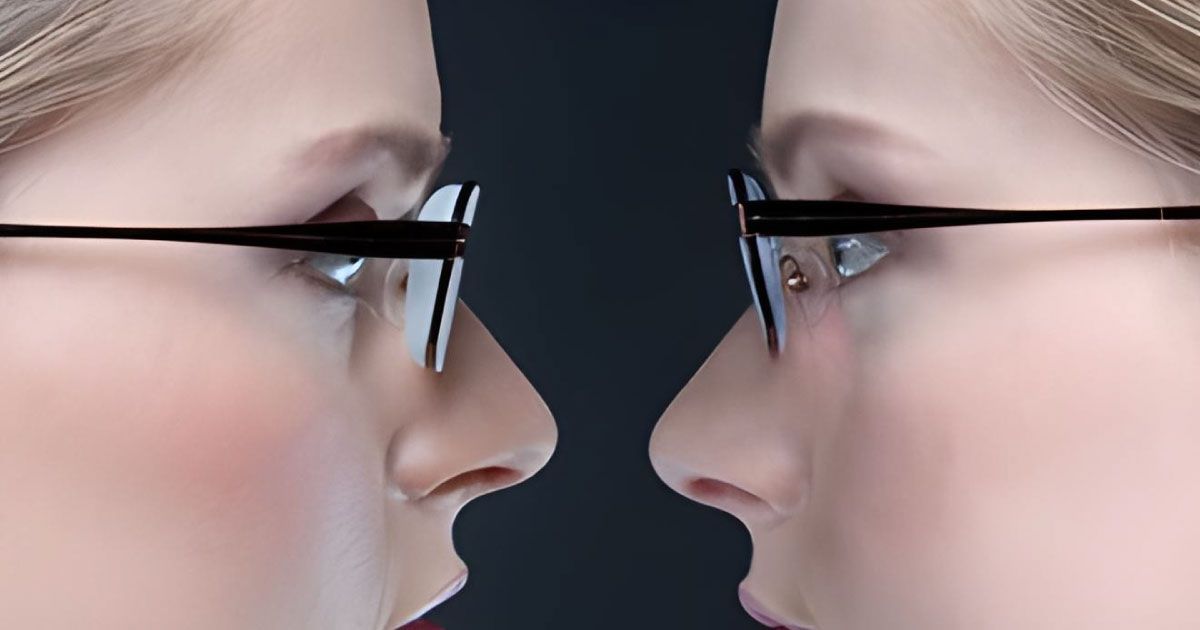Cultural Representations of Vision in Art and Literature

Read time: 4 minutes
Vision has always been a powerful theme in art and literature, symbolizing insight, perception, and understanding. Across cultures and historical periods, creators have used the concept of vision not only to explore the physical act of seeing but also to delve into deeper meanings, such as spiritual enlightenment, the quest for knowledge, and the way humans interpret the world around them. These representations reveal how central vision is to human experience and how it connects with broader cultural values and philosophies.
Vision as a Metaphor for Knowledge and Truth
One of the most enduring ways vision is represented is as a metaphor for knowledge and truth. In many literary works, sight and light are closely associated with wisdom and discovery. For instance, in Greek mythology, the god Apollo, often linked with light and the sun, represents knowledge and clarity. Conversely, blindness in myths and stories often symbolizes ignorance or a lack of awareness—but it can also suggest deeper forms of insight. The Greek tragedy, Oedipus Rex, by Sophocles exemplifies this duality. While Oedipus is physically capable of seeing, his inability to recognize the truth about his own life contrasts with the blind prophet Tiresias, who "sees" the truth despite his lack of sight.
This theme persists in modern literature. In novels like To Kill a Mockingbird by Harper Lee, vision and perception symbolize justice and understanding. Atticus Finch’s ability to see beyond prejudice contrasts with the metaphorical blindness of those who refuse to confront their biases. Through such works, vision becomes a lens through which readers explore what it means to understand and interpret the world truthfully.
Vision and Spiritual Enlightenment
In many cultures, vision is tied to spiritual awakening and enlightenment. Religious texts often use imagery of light and sight to convey divine revelation. In Christianity, for example, phrases like "seeing the light" symbolize an individual’s path to spiritual understanding. The Bible’s story of Paul on the road to Damascus, where he is blinded by a divine light and later regains his sight, represents transformation and a newfound clarity of purpose.
In Eastern traditions, vision also holds deep symbolic meaning. In Hinduism and Buddhism, the "third eye" is a metaphorical representation of higher consciousness and spiritual insight. Artistic depictions often feature this third eye on deities, signifying their ability to see beyond the physical realm into deeper truths.
The Eye as a Symbol in Visual Art
In visual art, the eye has served as a symbol of power, protection, and self-awareness. Ancient Egyptian art frequently featured the "Eye of Horus," a symbol of protection, health, and restoration. This symbol reflects the Egyptians’ belief in the protective and watchful power of vision, both human and divine.
Renaissance art often emphasized the role of vision in understanding beauty and divine order. Painters like Leonardo da Vinci used perspective and light to draw attention to the act of seeing and the importance of observation in grasping deeper truths. For example, in his iconic The Last Supper, the placement of light and shadow guides the viewer’s eye, emphasizing the spiritual and emotional dynamics of the scene.
In modern and contemporary art, vision continues to be a powerful theme. Artists like René Magritte challenge viewers’ perceptions by creating surrealist works that question the reliability of sight. His painting, The False Mirror, which features a human eye with a cloudy sky reflected within it, explores the idea that what we see may not always align with reality, forcing us to question the limits of perception.
Vision in Cultural Narratives
Different cultures have their own unique narratives and myths about vision. In some Native American traditions, vision quests are a spiritual journey where an individual seeks insight or guidance through fasting and meditation. These quests emphasize the importance of inner vision—a way of "seeing" that transcends physical sight.
In contrast, Western narratives often focus on scientific advancements in vision. The invention of devices like the telescope and microscope during the Scientific Revolution expanded humanity’s ability to see, both outwardly into the cosmos and inwardly into the microscopic world. These advancements reshaped cultural understandings of vision, emphasizing its role in human progress and exploration.
Vision and Modern Technology
In the modern era, technology has profoundly altered the way vision is represented and understood. Innovations like photography, film, and virtual reality have redefined the act of seeing, offering new ways to capture and interpret the world. Literature and art now grapple with questions about the authenticity of vision in a digital age. For example, in dystopian works like 1984 by George Orwell, the concept of surveillance—where "Big Brother is watching you"—raises concerns about vision as a tool of control rather than understanding.
At the same time, modern art continues to push boundaries by exploring vision as both a sensory and emotional experience. Digital artists experiment with how technology changes the way we perceive light, color, and form, emphasizing that vision is as much about interpretation as it is about observation.
The Takeaway
Vision, as explored in art and literature, is far more than the act of seeing. It is a profound symbol of understanding, insight, and perception that has been used to explore humanity’s deepest questions about truth, beauty, and existence. From ancient myths to modern technology, the cultural representations of vision reflect its central place in how we experience and interpret the world. By continuing to examine these themes, we not only deepen our appreciation for artistic and literary creativity but also gain insight into the ways vision shapes human thought and culture.
The information provided in this article is intended for general knowledge and educational purposes only and should not be construed as medical advice. It is strongly recommended to consult with an eye care professional for personalized recommendations and guidance regarding your individual needs and eye health concerns.
All of Urban Optiks Optometry's blog posts and articles contain information carefully curated from openly sourced materials available in the public domain. We strive to ensure the accuracy and relevance of the information provided. For a comprehensive understanding of our practices and to read our full disclosure statement, please click here.
OUR LATEST POSTS
© Urban Optiks Optometry, Inc. 2009-2025
All Rights Reserved
Location
The Cairo Building
3788 Park Blvd, Suite 5
San Diego, CA 92103
Phone: 619.683.2020
Text: 619.683.2020
Fax: 619.683.2111
Email: info@uoosd.com
Hours
Monday: 9 am – 7 pm
Tuesday: 9 am – 6 pm
Wednesday: 9 am – 6 pm
Thursday: 9 am – 7 pm
Friday: 9 am – 6 pm
Saturday: 9 am – 5 pm
Sunday: Closed


















